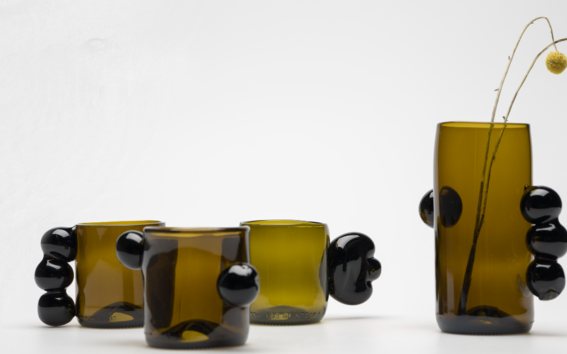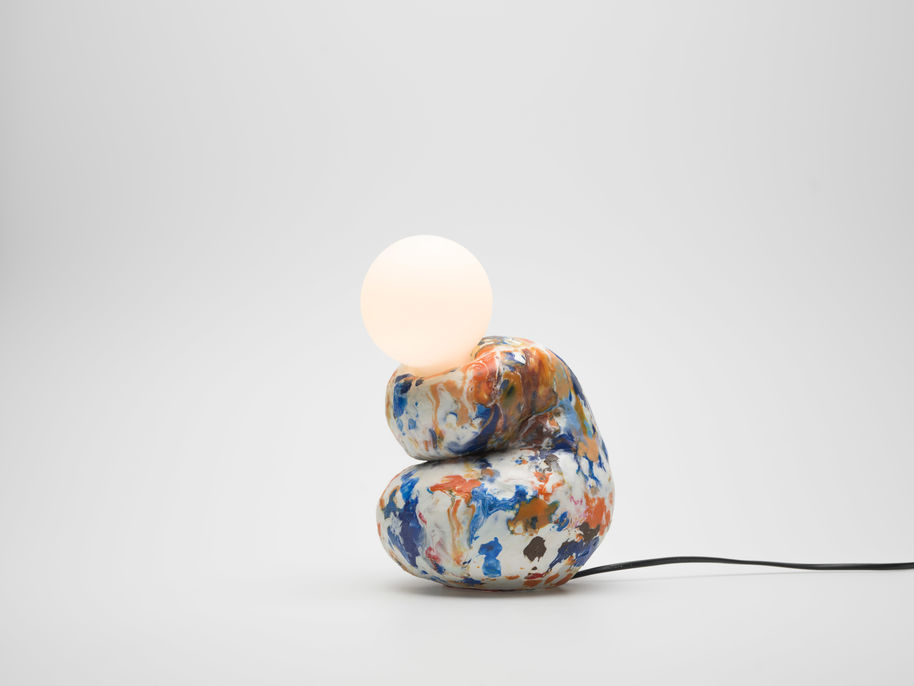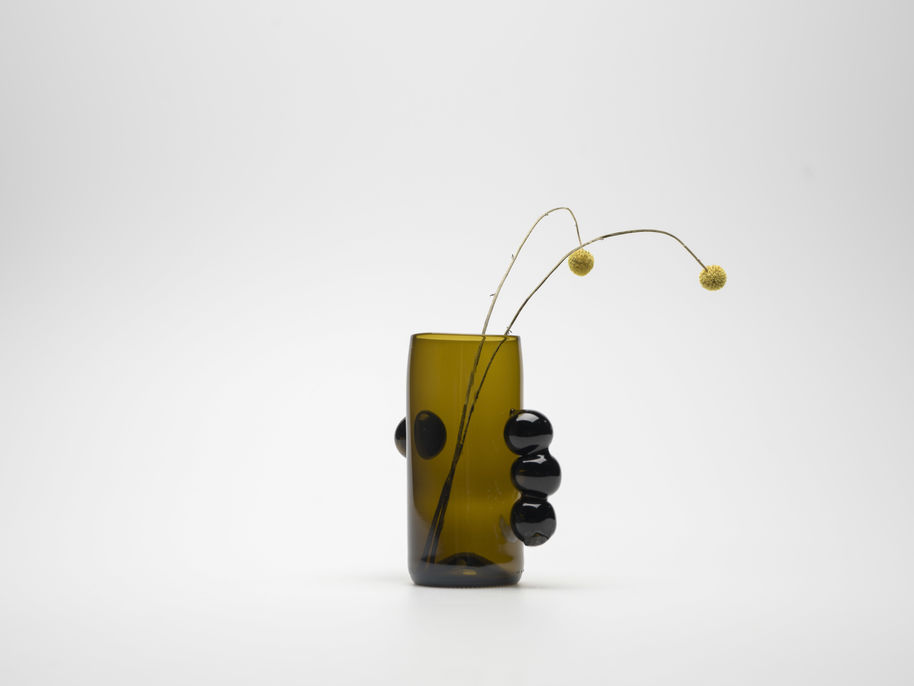Materials in flux - A creative approach towards understanding contemporary material dilemmas by Miia Lötjönen

Abstract:
We live in an age where the weight of the Technosphere has surpassed global biomass. In the context of the Circular economy, the goal is to keep this massive amount of material in circulation, instead of creating more of it, or turning it into waste. To bring the conversation to a practical and everyday level, there is a need for broadening the current technocratic scope of the Circular economy.
This qualitative research aimed to study, highlight, and creatively engage with the long lifecycles of everyday single-use materials. Waste, circular economy and critical heritage work as a theoretical lens in this practice-led research, which was done by using literature review and autoethnography as a method.
In this research locally found container glass and HDPE- plastics were used as raw materials, as they circulate in an already existing household waste recycling system, that serves the circular economy's purposes. Through the practice led-research, a way to work with these local materials was sought aiming to increase their valuation and creating knowledge about the creative process of trying to understand what these materialities have become.
This study proposes that broadening one's understanding of the long lifecycles of non-biodegradable materials is possible by expanding the scope of the design process from the object's life cycle to the materials' life cycle. Creativity can be used to explore what materialities have become, however, anticipations and emotions towards the material are hard to expel. Nonetheless, the study results increase the understanding of how a material-oriented designer could better try to affect the far-reaching consequences of her action by shaping the framework of the creative process to better react to current challenges such as waste and materials depletion. The research also strongly emphasizes how the effect a human can have on materials is temporal.


Thesis
https://urn.fi/URN:NBN:fi:aalto-202309035372






